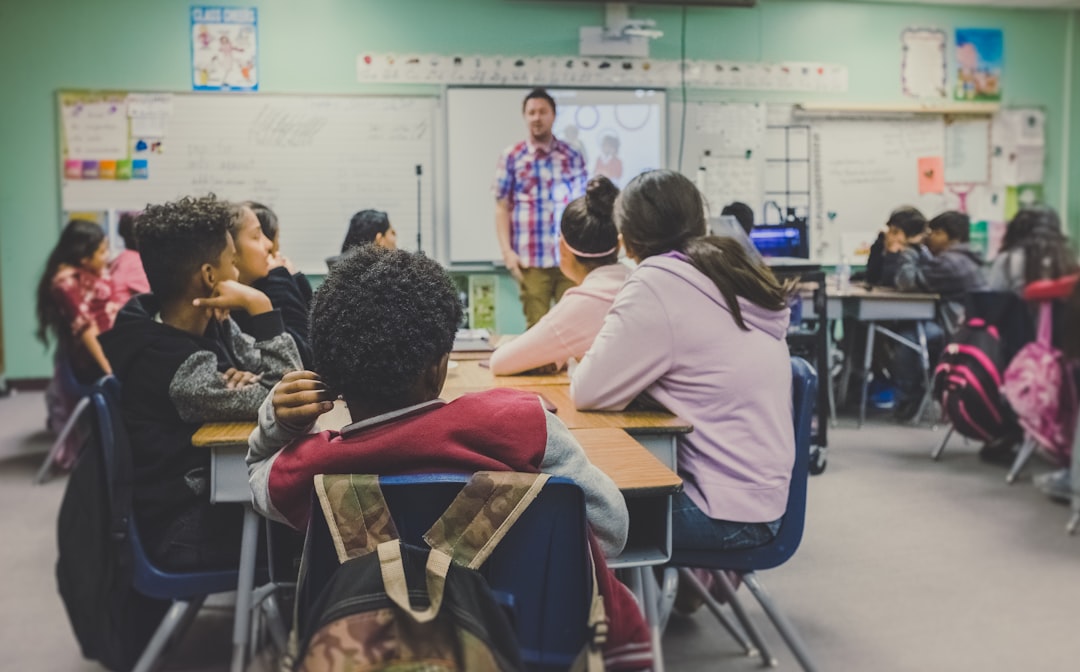What is it about?
Self-relevant information catches people’s attention above other stimuli. For the first time, we tested the effect of self-relevance on art preference. Using paintings made by the participants in a dot-probe paradigm, we found that self-relevant artworks were in fact attended to and rated more favourably than other artworks.
Featured Image

Photo by Steve Johnson on Unsplash
Why is it important?
Previous research has suggested that aesthetic preferences for artworks were co-opted from evolutionary-relevant stimuli such as faces and food. Self-relevance offers an alternative interpretation, namely that artworks acquire preference and affective value because they become invested with the self of their makers. If artworks are somehow perceived as extensions of the self, as our results indicate, it is possible that they play a key role in human social cognition and have been evolutionary relevant in themselves.
Perspectives
One of the big questions in the scholarship of art and aesthetics is why people differ in their preferences for artworks. I hope this paper can somehow contribute to answering that question by showing that art is intimately related to our personal identities. Therefore, like our own selves, our art preferences will be unique and can change as we grow, learn, and age. Moreover, as part of the self, art helps us relate to others and to the world. Finding out how is what keeps me interested in art research.
Larissa M Straffon
Universiteit Leiden
Read the Original
This page is a summary of: Visual attention bias for self-made artworks., Psychology of Aesthetics Creativity and the Arts, May 2022, American Psychological Association (APA),
DOI: 10.1037/aca0000451.
You can read the full text:
Contributors
The following have contributed to this page










